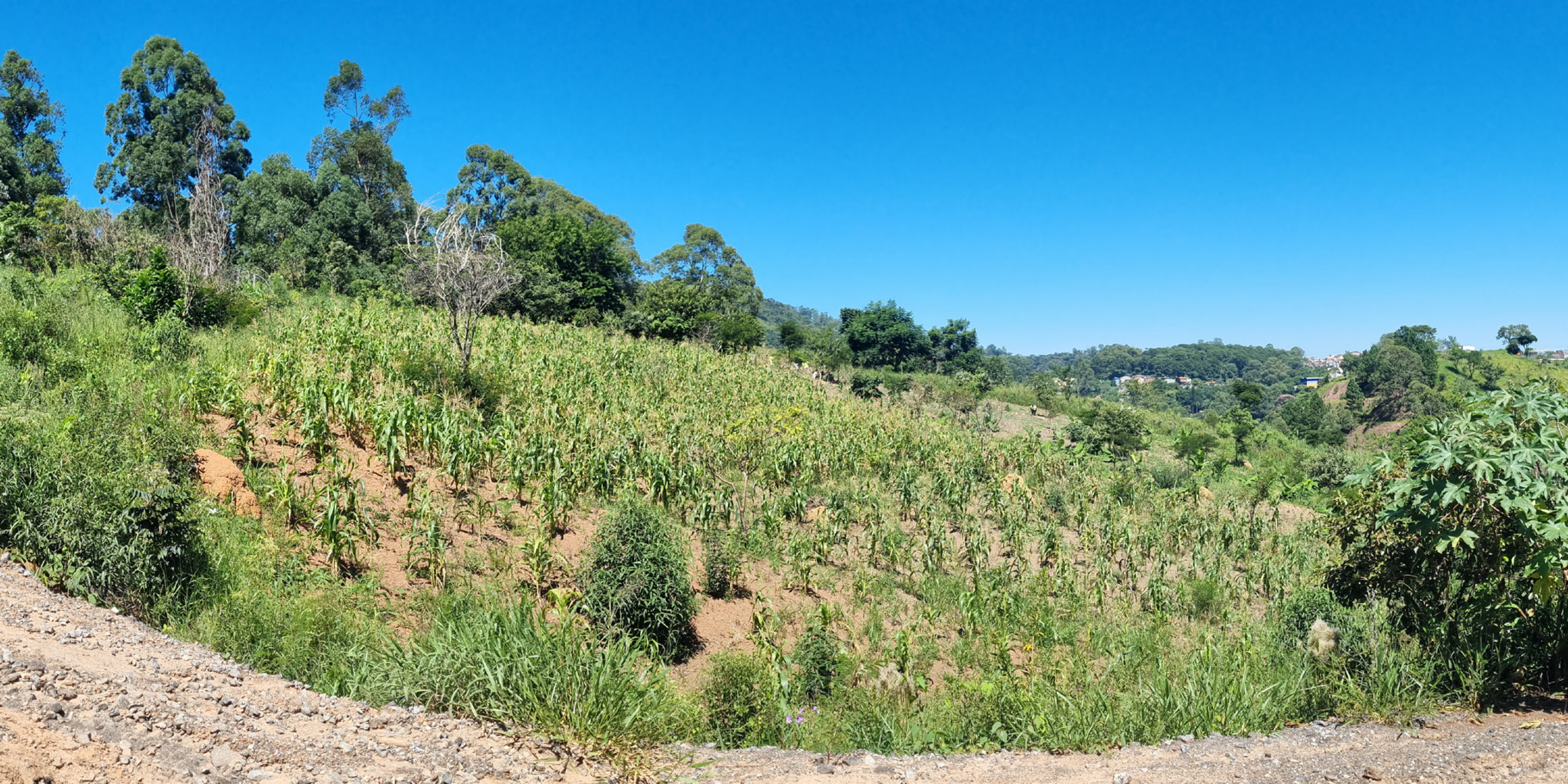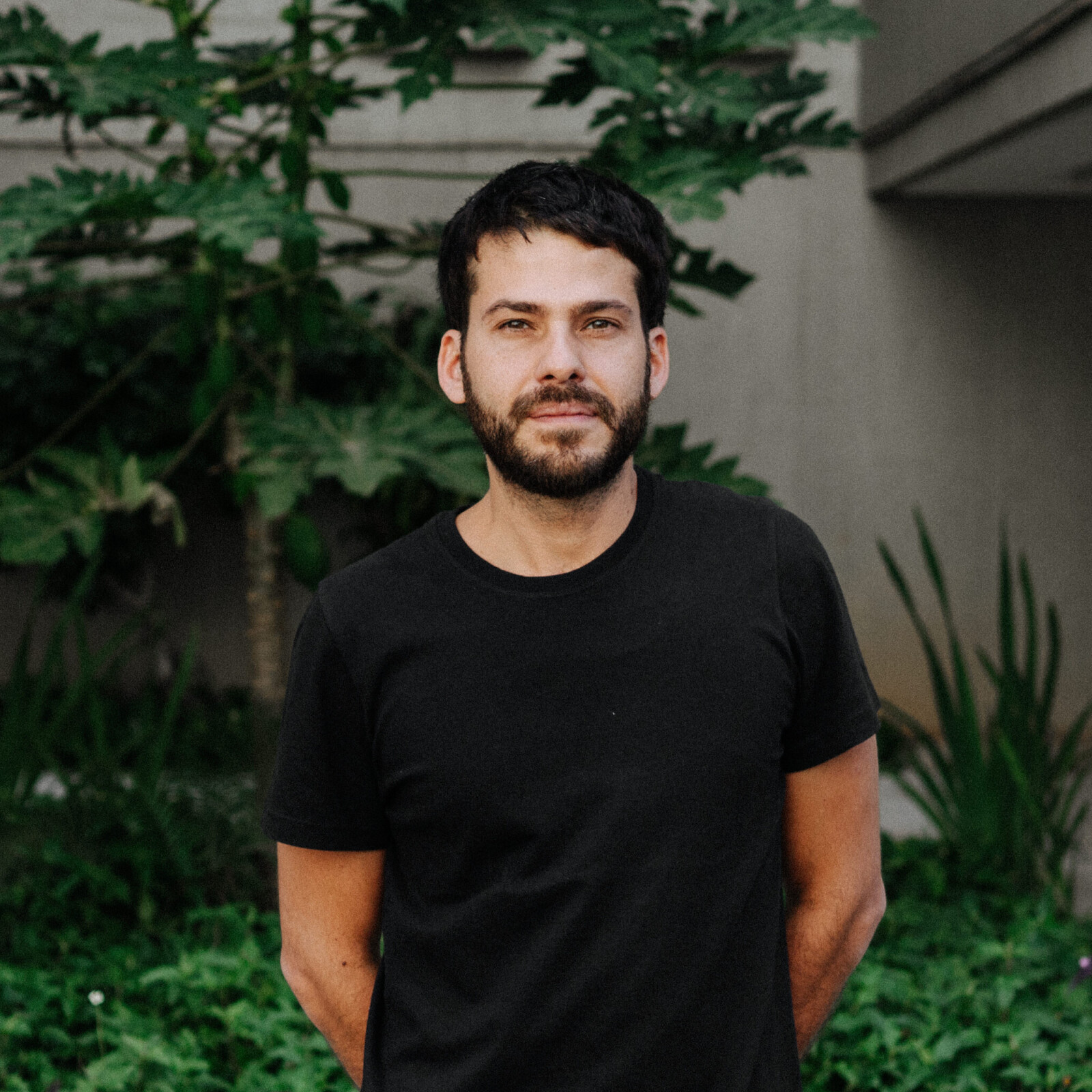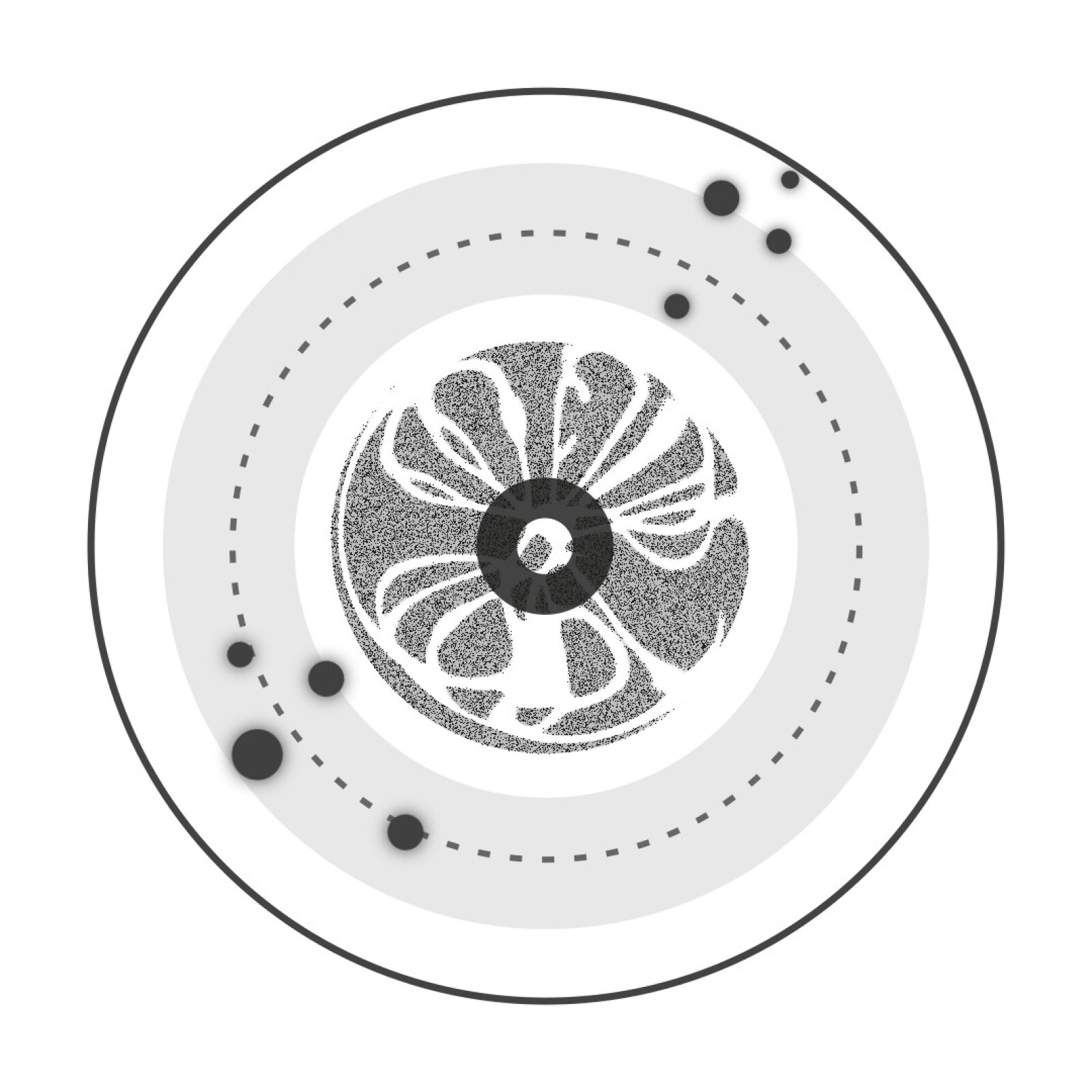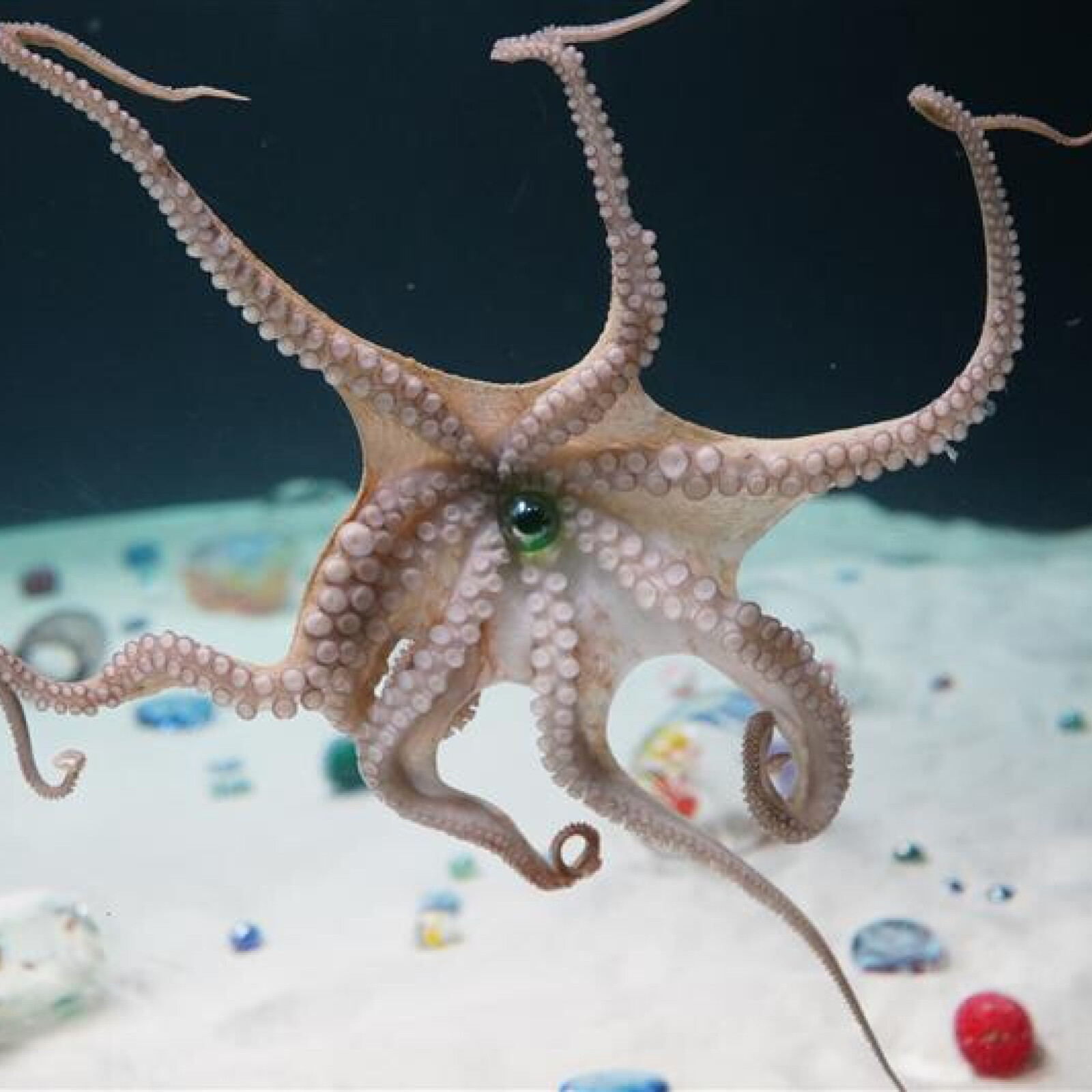In late 2024, we launched the More-than-Human Fellowships – a research grant supporting four practice-based researchers exploring more-than-human design. This emerging approach recognizes the deep interdependence between humans, other species and ecosystems. Rather than simply minimizing environmental harm, it actively restores landscapes, nurtures biodiversity, and fosters regenerative ways of living and designing.
In this article, Paulo Tavares shares the development of a project that will serve as a tool to advocate for more-than-human rights on the Jaraguá Guarani Land in Sao Paulo, supporting the Guarani people’s ongoing struggle for reparation and land rights recognition. The work will feature in the More than Human exhibition at the Design Museum, opening in July 2025.
Earthly Memorials: São Paulo Terra Indígena is building a spatial advocacy platform to support the recognition and protection of forest heritage in the Jaraguá Guarani Indigenous Land in the city of São Paulo. Surrounded by the city’s voracious urban sprawl, the Jaraguá Peak – a symbolic geological-geographic feature in the cityscape – is home to the only remnant of Atlantic Forests in São Paulo, the most devastated Brazilian biome since European colonialism.
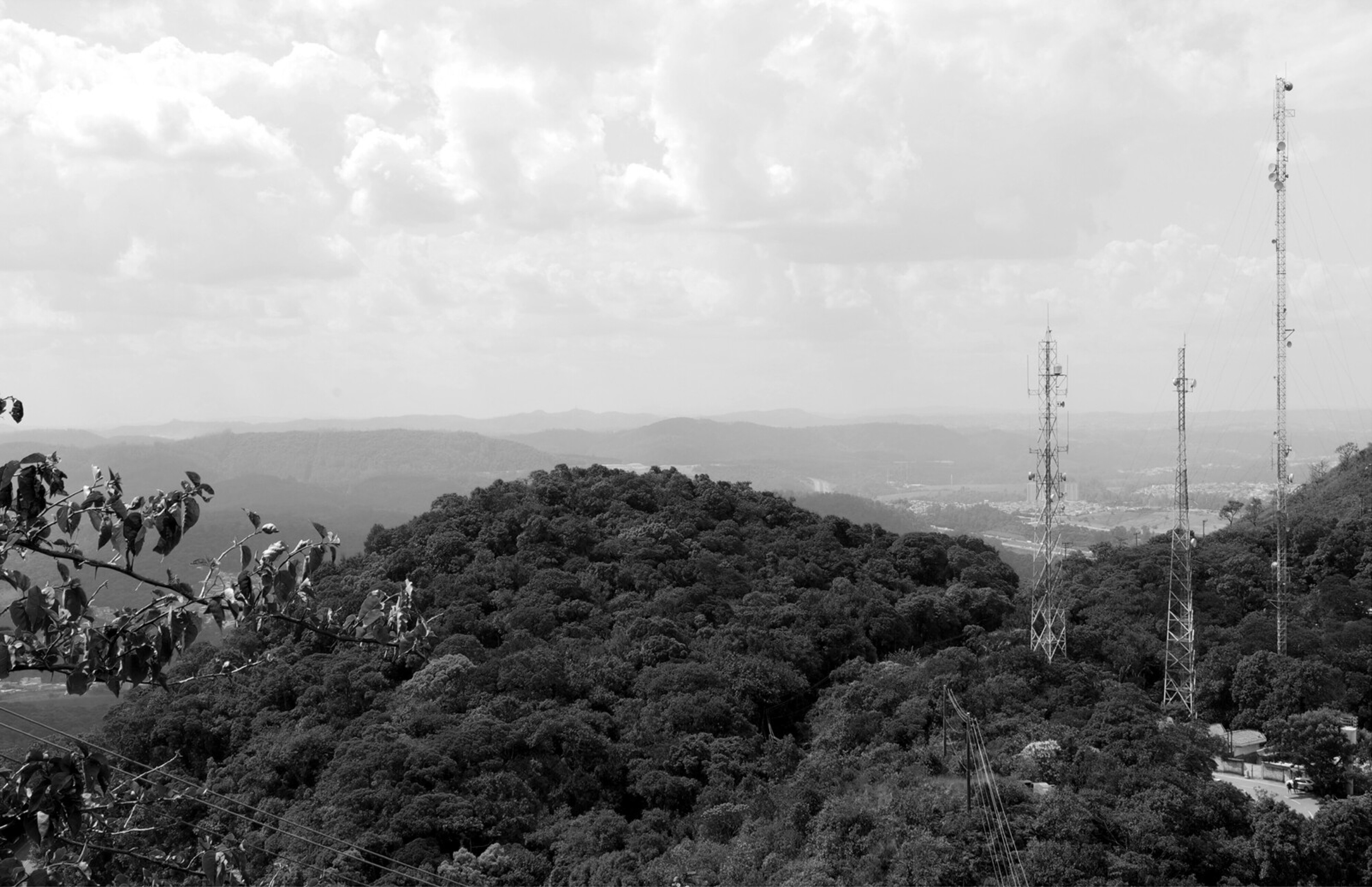
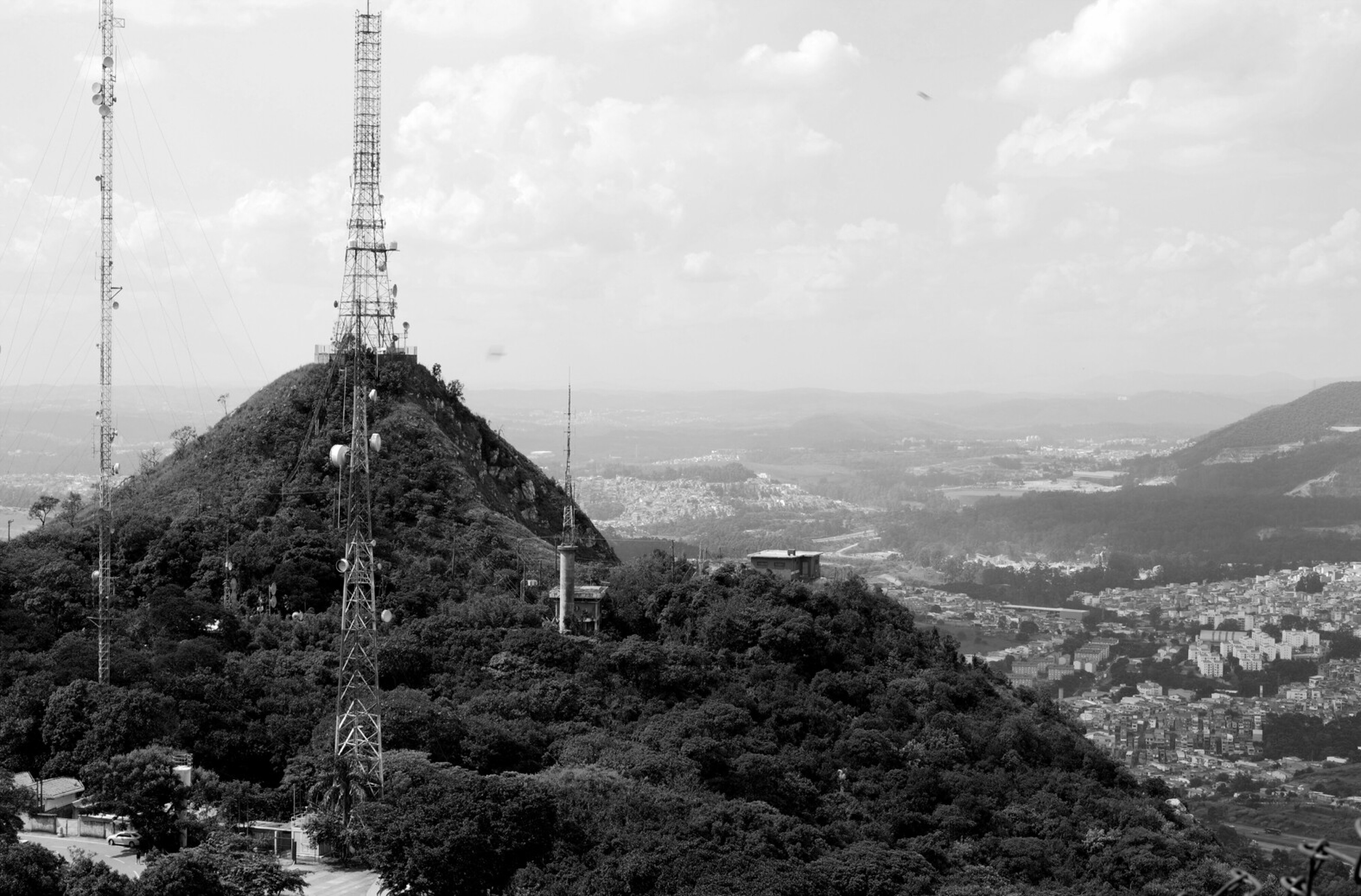
As well as being an ecological area of fundamental importance for the climate regulation of São Paulo, a city where green spaces are notoriously scarce, the Jaraguá is a territory of immense heritage value for the Guarani nation. Ka’aguy, the Atlantic Forest, with its misty fog, is a landscape saturated with history, culture and memory, the living heritage of the Guarani ancestrals and the dwelling of the sacred beings that sustain Yvurupa, the body of the earth.
In the context of São Paulo’s urban speculation, the Guarani’s sacred forests are constantly under threat of invasion. Developed with Guarani teachers, leaderships, activists, and architecture students, the fellowship will support the production of a multi-media heritage dossier on the Jaraguá Guarani Land. Combining data analysis, oral history, audiovisual documentation and archival material, the dossier aims at generating an advocacy tool in support of more-than-human rights and the ongoing struggle for the Guarani for reparation and land rights recognition.
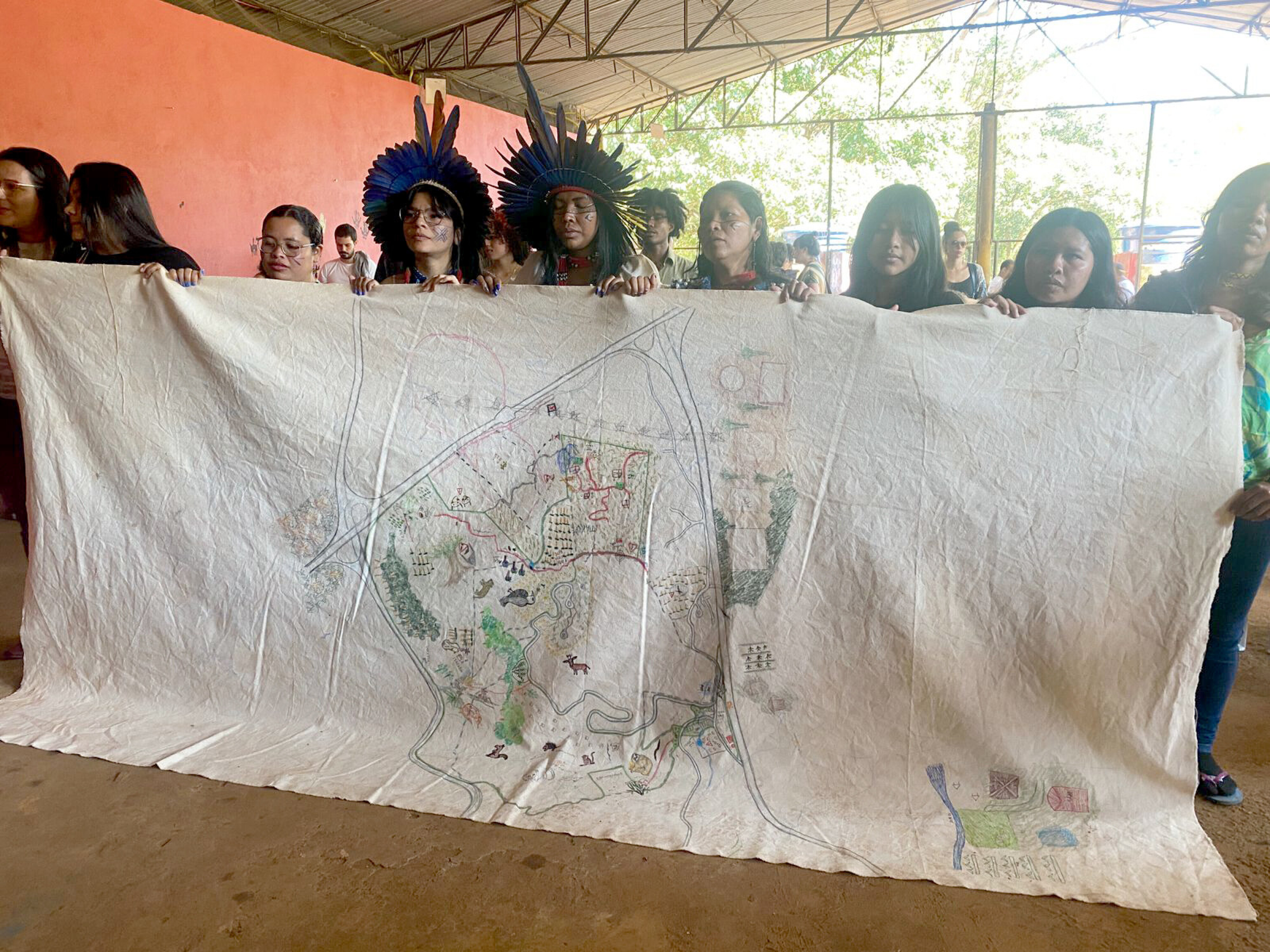
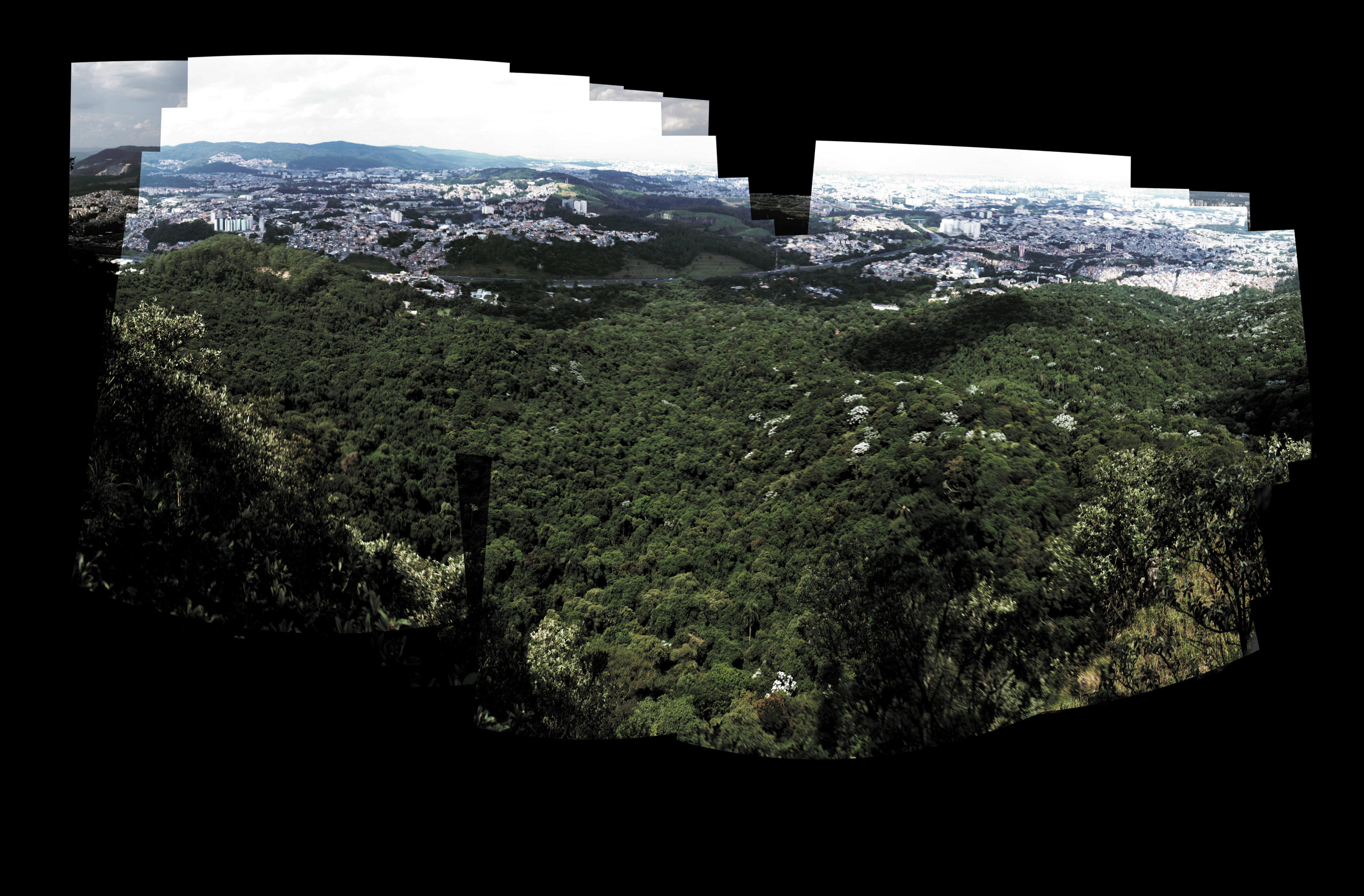
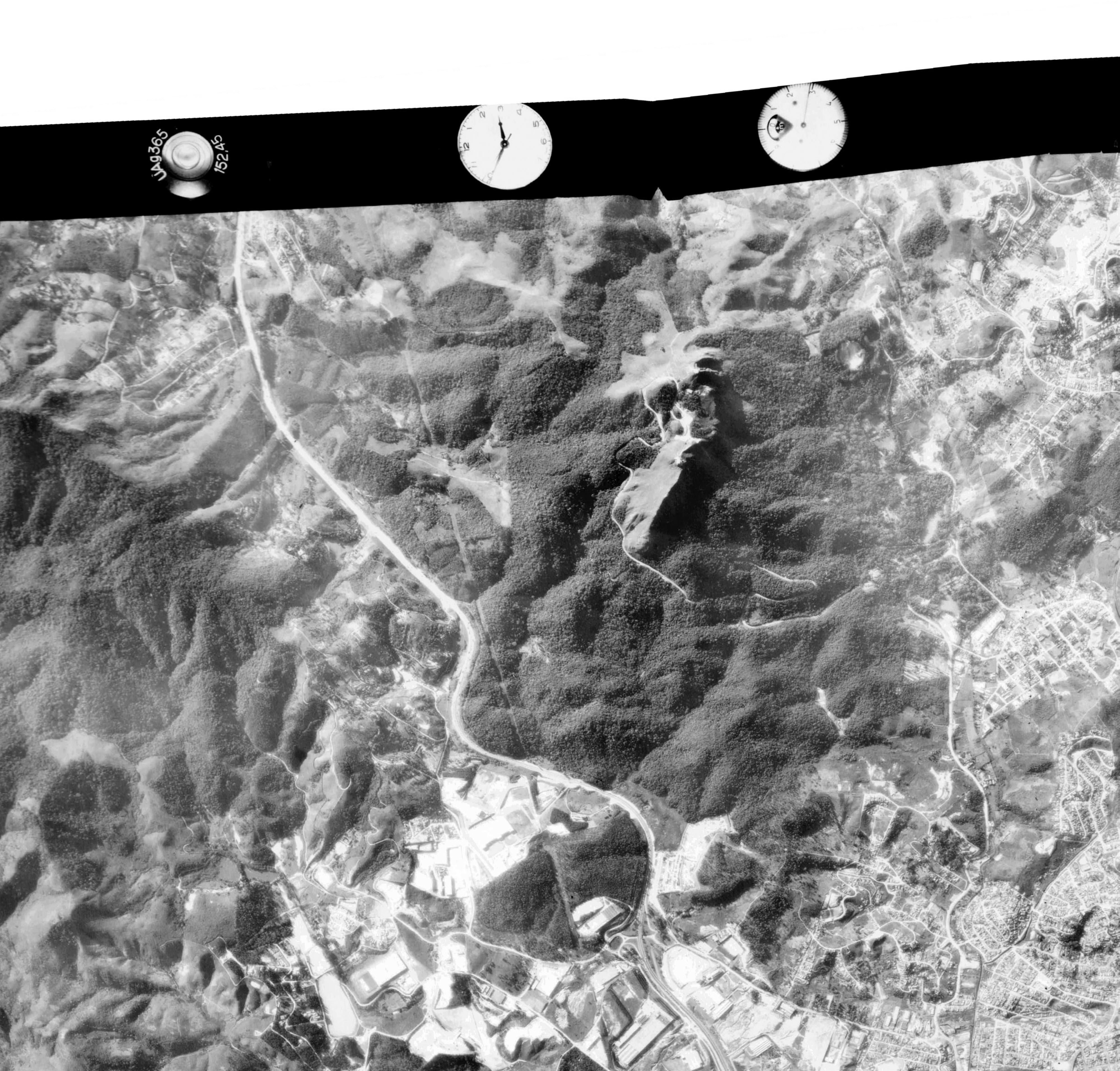
Spanning design, pedagogy, publishing and rights advocacy, the project is being developed in collaboration with the Jaraguá Guarani Land, the Chão collective, and the Spatial Practices Platform of Escola da Cidade.
Besides the installation that will be presented at the Design Museum, through this network-collaborative, the fellowship resources are being directed at producing and publishing the heritage dossier in Guarani/Portuguese language, turning design research art into an advocacy tool with local impacts.
Following the consultation procedure in the Guarani tekohas that initiated the project, the publication will later be shared with the community in a series of collective workshops concerning land, city and heritage rights.
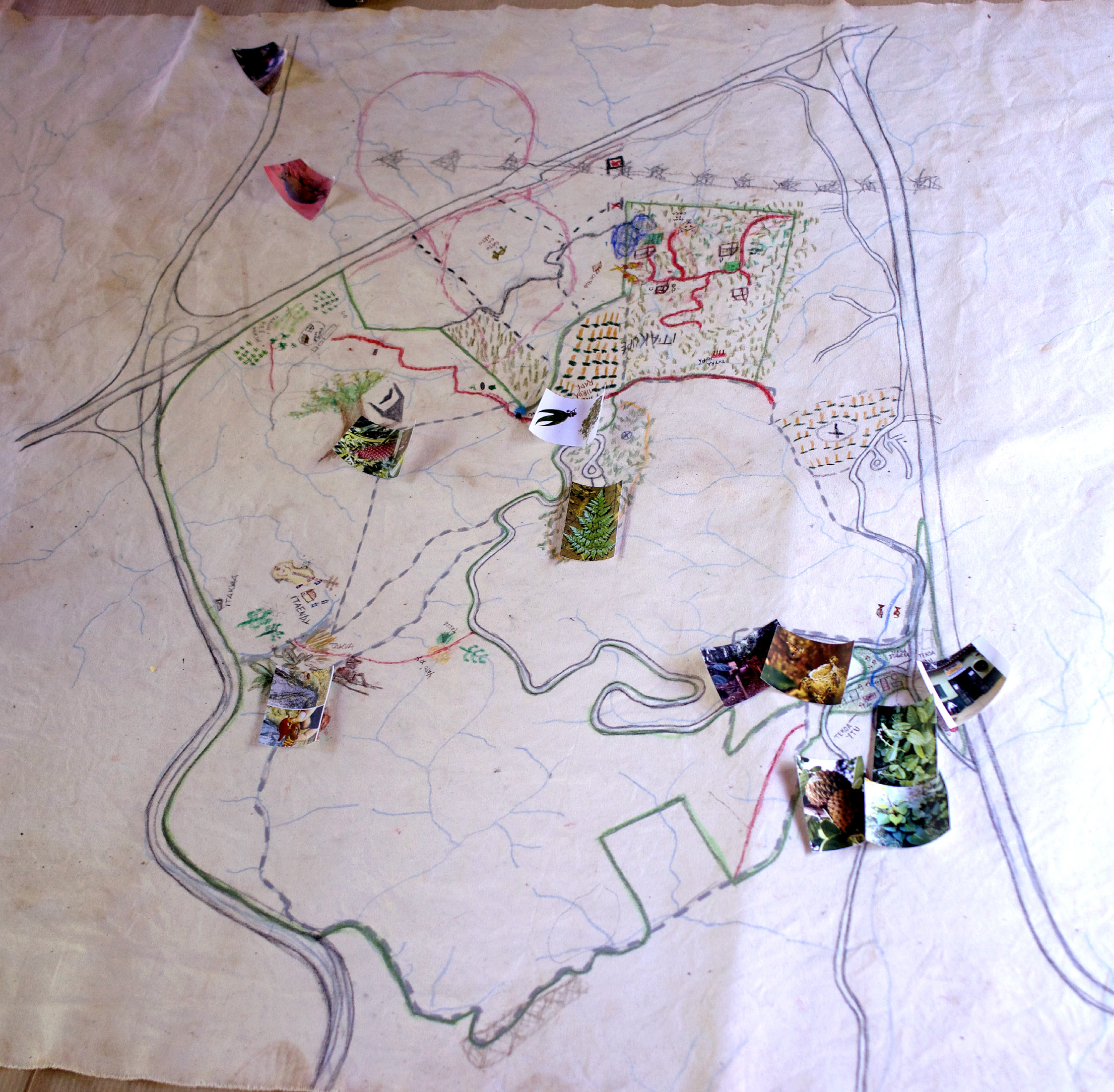
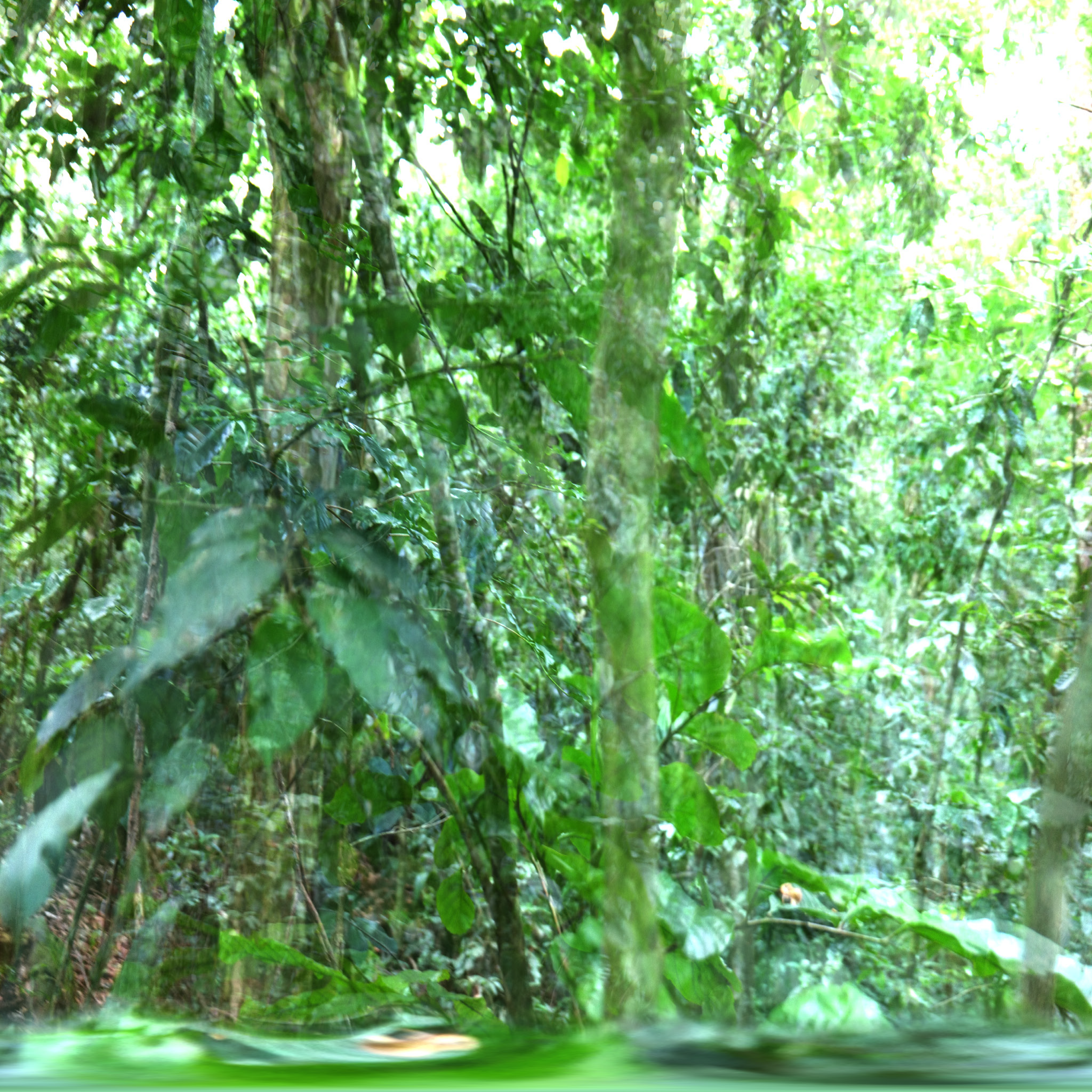
The fellowship builds on a larger research initiative called Earthly Memorials. Addressing practices and theories across architecture, archaeology, environmental science, visual culture, and advocacy, Earthly Memorials explores landscapes that challenge ideas of nature in heritage and preservation. The project proposes to learn from memorial sites where the boundaries between the natural and the constructed are eroded into more complex understandings of our more-than-human world.
Arguably, learning from ruins is the foundational epistemic act of architecture and its politics. What we are naming “earthly memorial landscapes” embraces forms of spatial knowledge and technologies where nature is not a passive object for human appropriation and exploitation, but a living and acting being on equal footing with humans – a member of the “polis” to whom even rights ought to be granted.
In acknowledging the agency of non-humans in shaping historic landscapes, the project searches for a politics-practice of design that displaces design’s ontological anthropocentrism towards a potential “design beyond the human.”
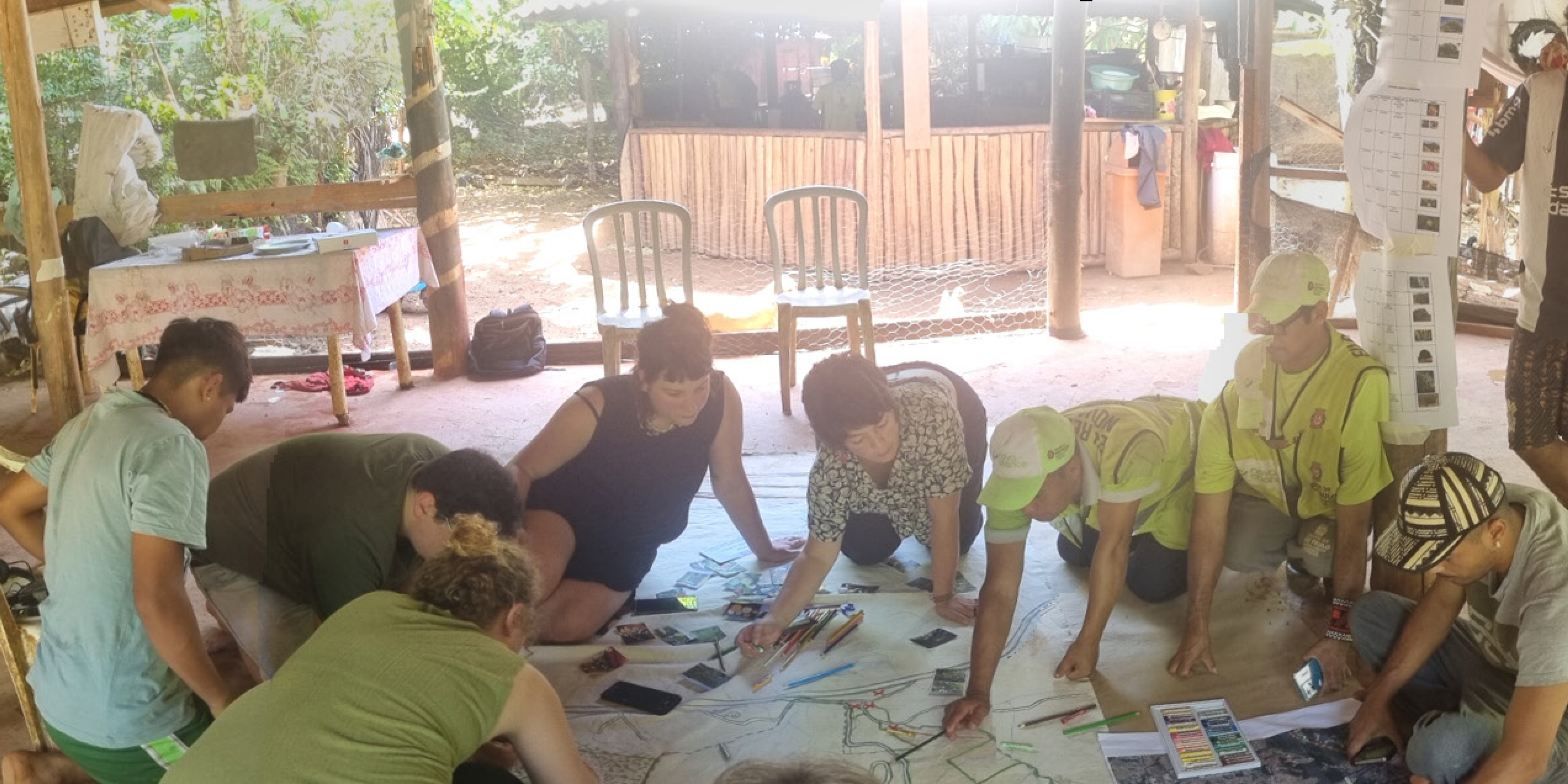
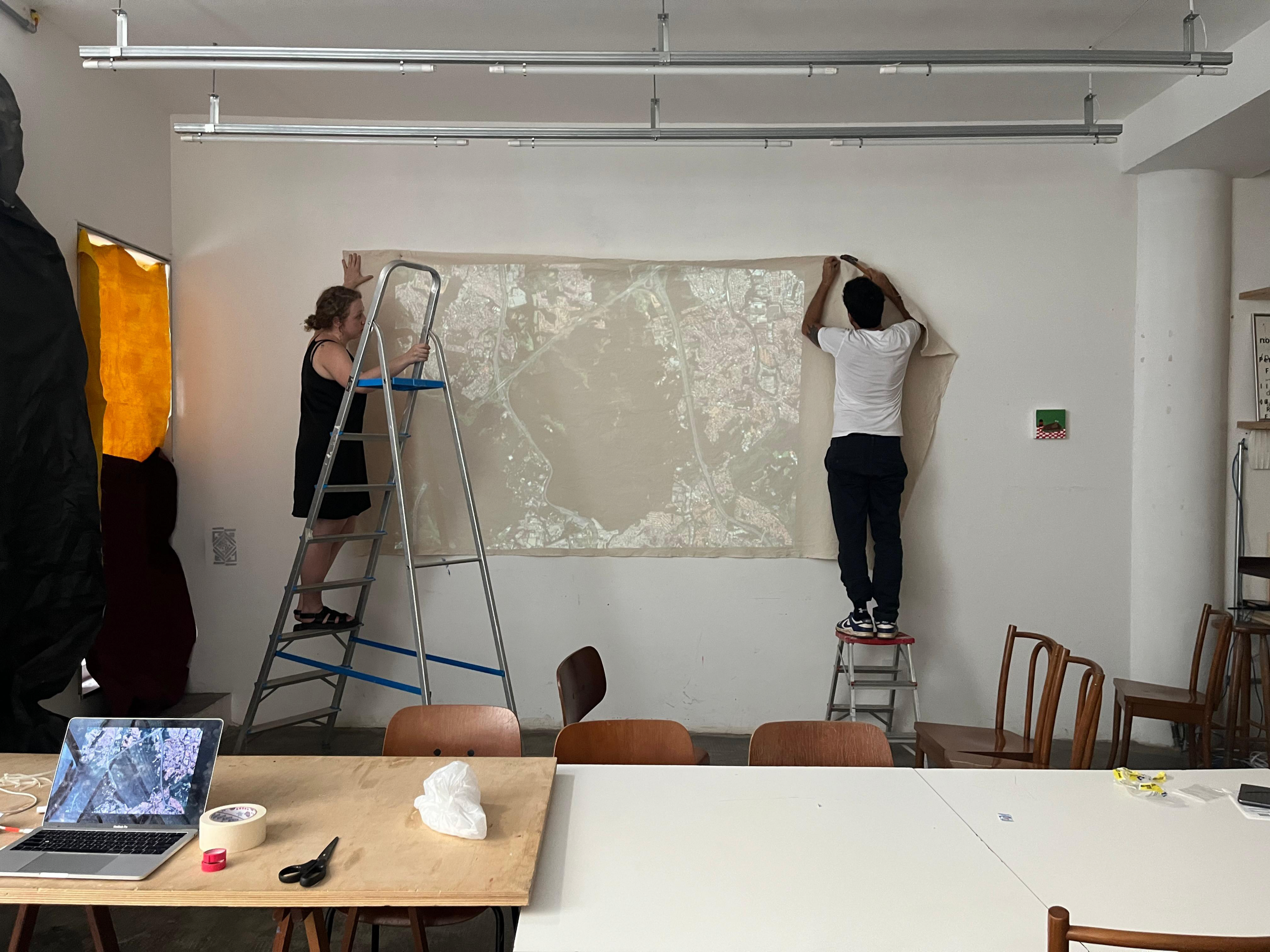
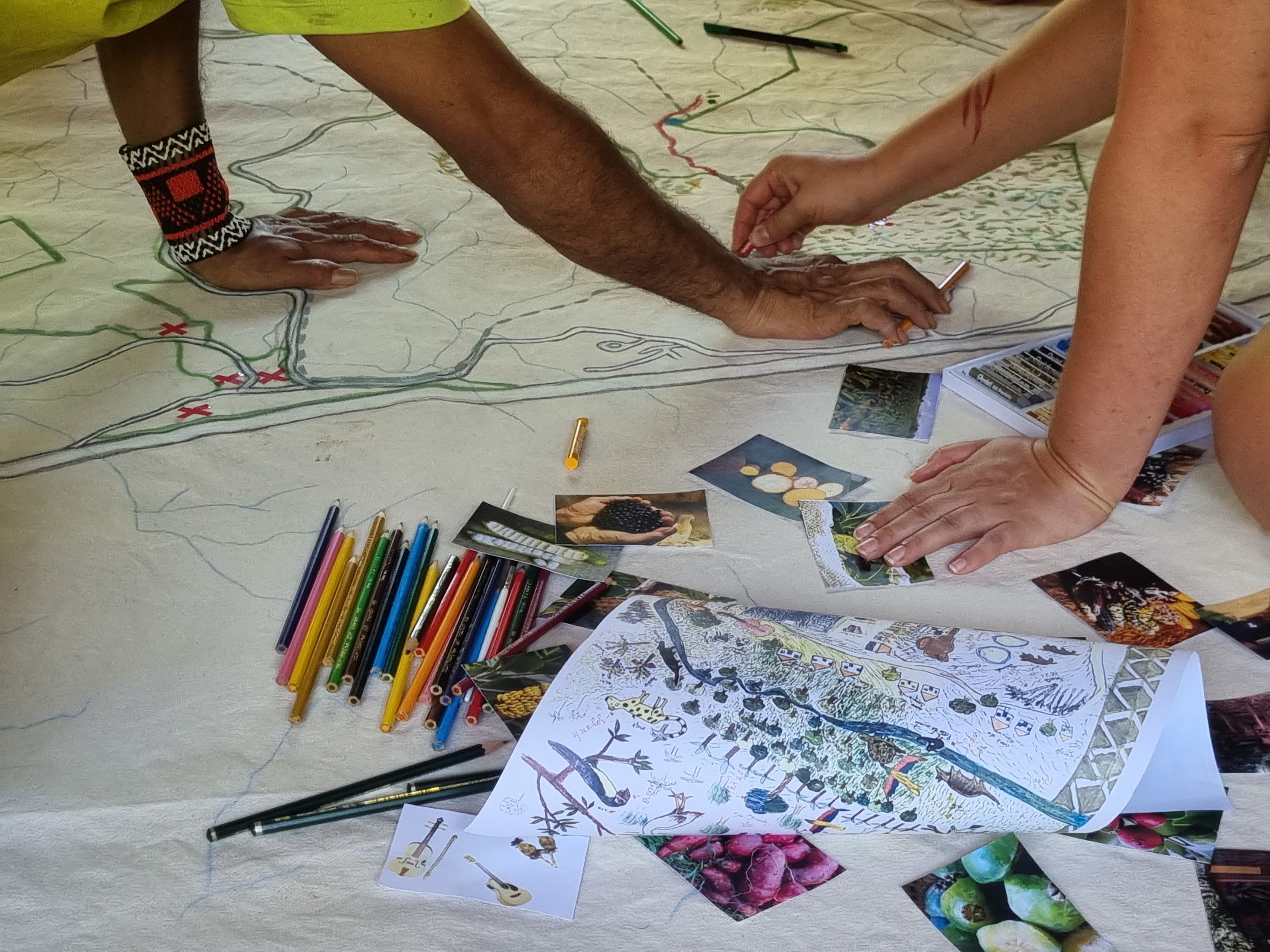
Participants:
Jaraguá Indigenous Land Research Associates:
-Anthony Karai Poty, human rights specialist
-Karai Djekupe, activist and architecture student
-Felipe da Silva, activist and architectural student
Chão Collective:
-Research collective of Guarani Mbya and non-indigenous researchers developing projects based on the exchange of knowledge for the collective construction of housing and land rights.
Spatial Practice Plataform / Escola da Cidade:
-Spatial research platform dedicated to the field of «expanded architecture» based at the architectural school Escola da Cidade.
